Bathroom medicine cabinets are a lifesaver for keeping your toiletries, medications, and other bathroom essentials organized and out of sight. But the last thing you want is to worry about that beautiful cabinet crashing down due to improper mounting. Whether you're a seasoned DIYer or a cautious first-timer, ensuring secure mounting and wall support for your bathroom medicine cabinets are crucial. This guide will walk you through the process, from understanding wall types to choosing the right hardware, so your cabinet stays firmly in place, year after year.
Why Secure Mounting Matters
A properly mounted bathroom medicine cabinet is not just about aesthetics; it's about safety. Here's why secure mounting is essential:
- Safety First:Filled with bottles and other items, a medicine cabinet can be surprisingly heavy. Improper mounting could cause the cabinet to pull away from the wall, potentially causing injuries and damaging the cabinet itself.
- Moisture Resistance:Bathrooms are inherently humid environments. Secure mounting prevents the cabinet from shifting or wobbling, which can damage the drywall behind it and create space for moisture buildup.
- Peace of Mind:Knowing your bathroom medicine cabinet is securely mounted allows you to focus on relaxing in your bathroom oasis, not worrying about potential accidents.
Understanding Your Walls: Finding the Right Match for Mounting

Before you dive into the exciting world of hardware, it's crucial to understand the type of wall you're dealing with. Different walls require different mounting approaches:
- Stud Walls:Most modern homes have walls constructed with wooden studs. These are ideal for securely mounting cabinets as screws can be directly driven into the studs for maximum support.
- Drywall Walls:Drywall itself often lacks the strength to support the weight of a medicine cabinet. But fear not! You can use special drywall anchors to create a secure mounting surface.
- Masonry Walls (Brick, Concrete):These walls require specialized hardware like masonry anchors or toggle bolts.
Pro Tip: Use a stud finder to locate the studs behind your drywall. This ensures you secure your cabinet to the most supportive structure behind the wall.
Hardware Heroes: Choosing the Right Anchors and Screws
Now that you understand your wall type, let's explore the hardware that will ensure your bathroom medicine cabinet stays put:
-
For Stud Walls:
- Standard wood screws are your best bet. Choose screws that are at least 2-3 times longer than the thickness of your cabinet and long enough to penetrate the stud securely.
-
For Drywall Walls:
- Drywall anchors are lifesavers. Choose anchors that are rated for the weight of your cabinet and compatible with the type of screw you'll be using. Popular options include toggle bolts, molly bolts, and plastic anchors with expanding wings.
-
For Masonry Walls:
- Masonry anchors or toggle bolts are designed specifically for these sturdy walls. Choose the appropriate size and type based on the weight of your cabinet and the specific material of your wall (brick, concrete, etc.)
Safety Note: Always follow the manufacturer's instructions for using specific anchors and screws. This ensures proper installation and maximum holding power.
Considering a Stunning New Bathroom Medicine Cabinet?
Wellfor offers a beautiful selection of high-quality bathroom medicine cabinets in various styles and sizes. Explore their collection here: [https://www.wellfor.com/collections/mirrors-medicine-cabinets]
Installation Essentials: Mounting Your Bathroom Medicine Cabinet
With the right hardware in hand, it's time to secure your bathroom medicine cabinet to the wall:
- Mark Your Territory:Carefully measure and mark the location of your cabinet on the wall. Ensure it's level and centered using a level and tape measure.
- Pre-Drill for Anchors (if needed):Use a drill bit appropriate for the size of your chosen anchor to pre-drill holes according to the anchor's instructions.
- Insert Anchors (if needed):Following the manufacturer's recommendations, hammer the drywall anchors into the pre-drilled holes.
- Align and Secure:Carefully lift the cabinet and position it on the marked location. Use the cabinet's mounting holes as a guide to drill pilot holes (if necessary) and then secure the cabinet to the wall using screws appropriate for your chosen hardware.
- Double-Check Level and Security:Ensure the cabinet is level and securely attached using your level and a screwdriver. Tighten all screws firmly, but avoid over-tightening.
Additional Mounting Tips for a Flawless Finish
Here are some extra tips for a flawless and secure bathroom medicine cabinet installation:
- Reinforcement for Heavy Cabinets:If your cabinet is particularly large or heavy, consider adding extra support. This can involve installing a wooden backing board behind the drywall or using multiple sets of anchors for increased stability.
- Level It Up:Using a level during the installation process is crucial. A crooked cabinet can look unsightly and potentially compromise its stability.
- Pilot Holes:Always pre-drill pilot holes for your screws to prevent the drywall from cracking.
- Test the Weight:Before fully loading your cabinet, test its weight-bearing capacity by placing heavy items inside. This helps you identify any potential issues early on.
- Silicone Sealant (Optional):For added moisture protection, you can apply a bead of silicone sealant around the edges of the cabinet where it meets the wall. This helps prevent water from seeping behind the cabinet and damaging the wall.
- Professional Help:If you're unsure about your DIY skills or dealing with a particularly challenging installation, don't hesitate to seek professional help.
Maintenance and Care for Your Mounted Cabinet
To ensure your bathroom medicine cabinet remains secure and in excellent condition, follow these maintenance tips:
- Regular Inspection:Periodically check the screws and anchors to ensure they are tight and secure.
- Avoid Overloading:Don't overload your cabinet with heavy items. This can put unnecessary strain on the mounting hardware.
- Clean Regularly:Wipe down the cabinet's exterior with a soft, damp cloth to remove dust and fingerprints. Avoid harsh chemicals that can damage the finish.
Final Thought
By following these guidelines and taking the time to choose the right hardware and installation method, you can confidently mount your bathroom medicine cabinet and enjoy years of worry-free storage. Remember, a securely mounted cabinet not only enhances your bathroom's aesthetic but also prioritizes safety and functionality.


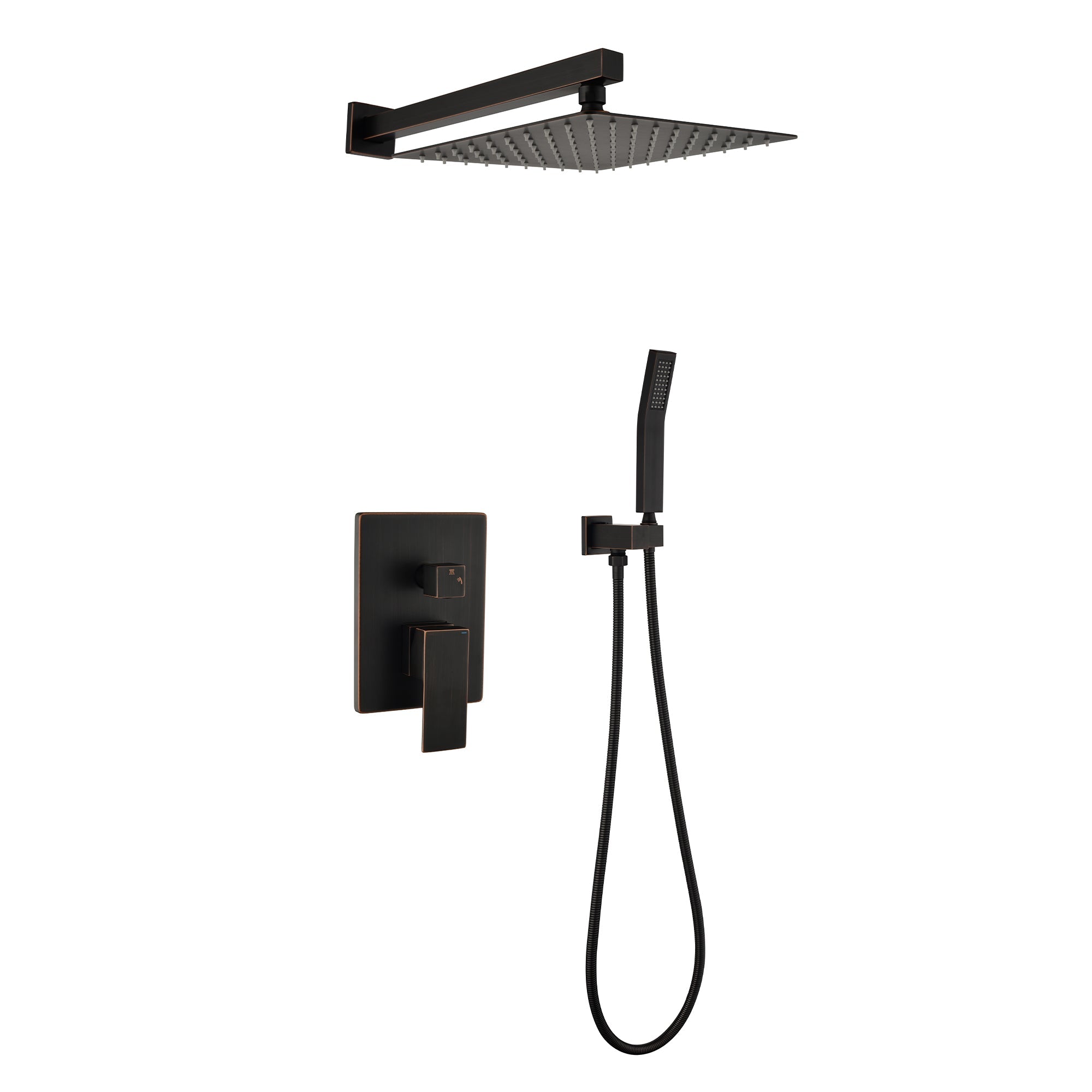



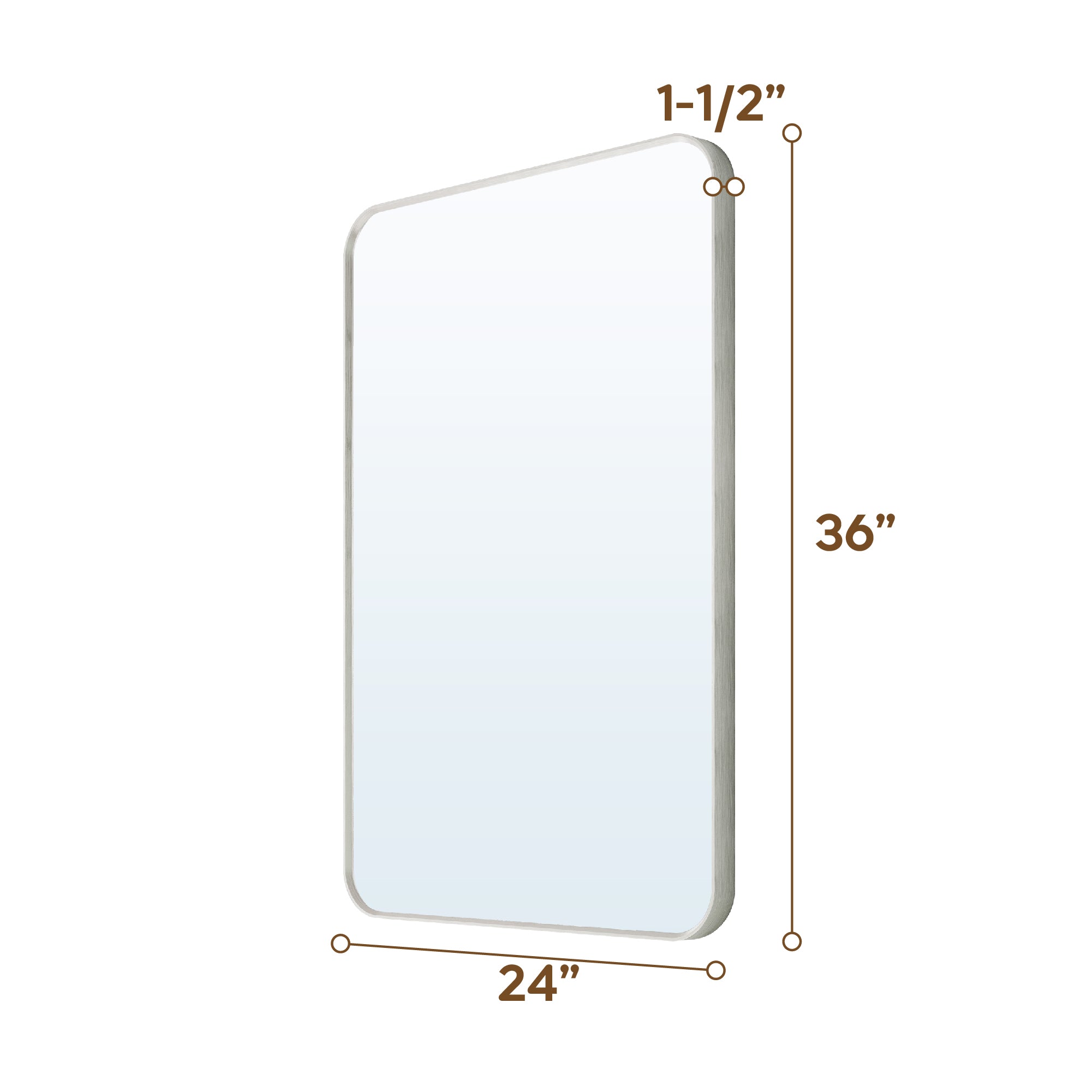
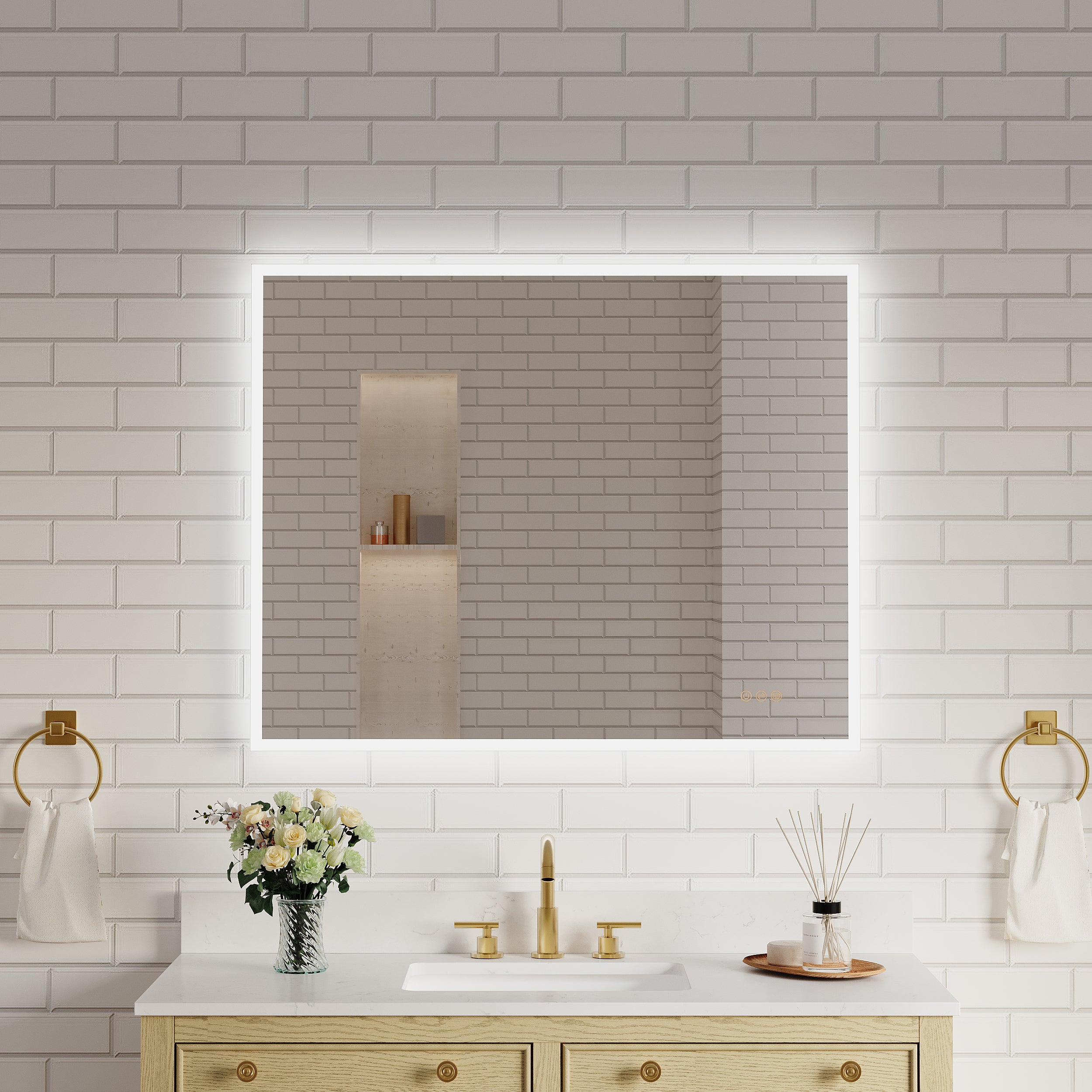
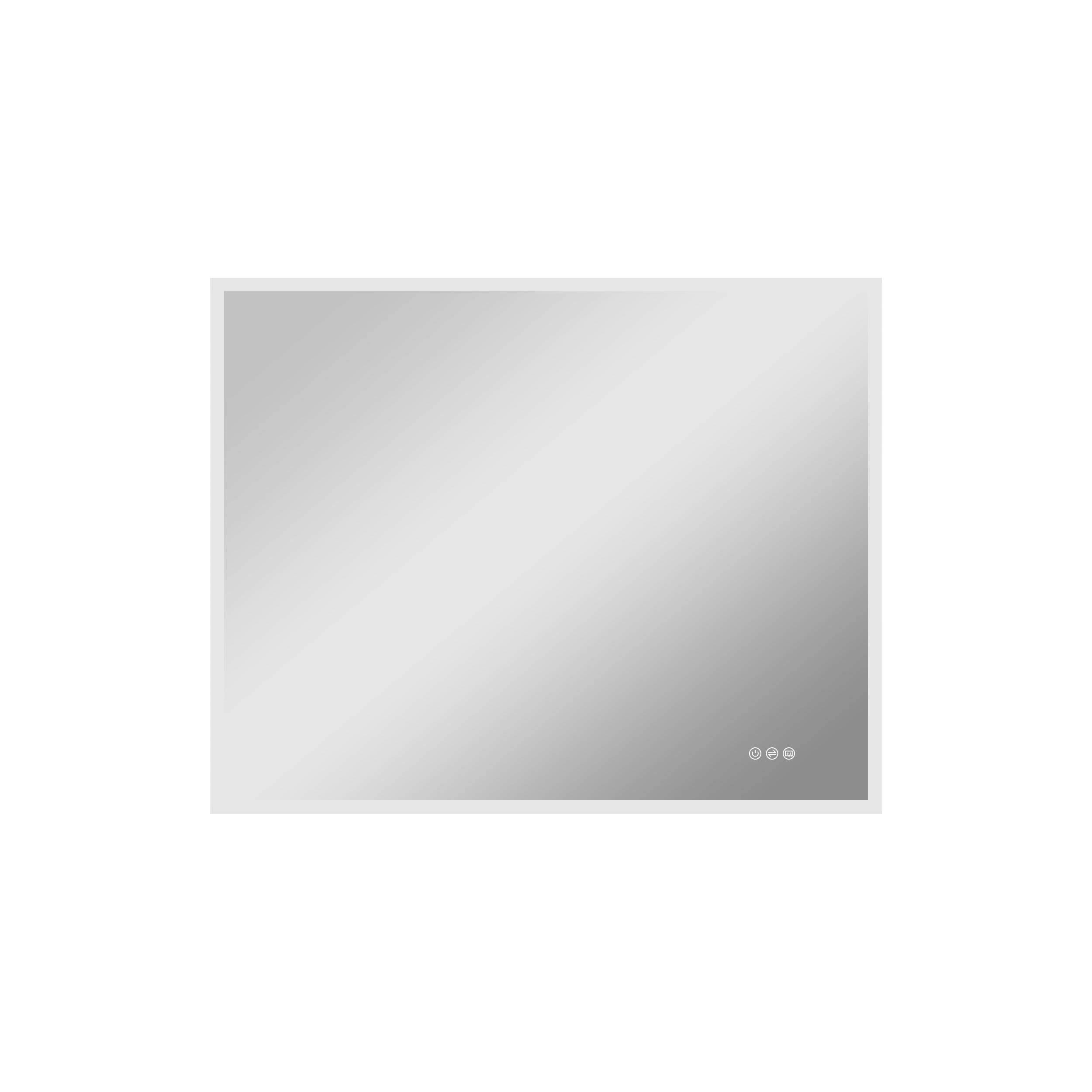
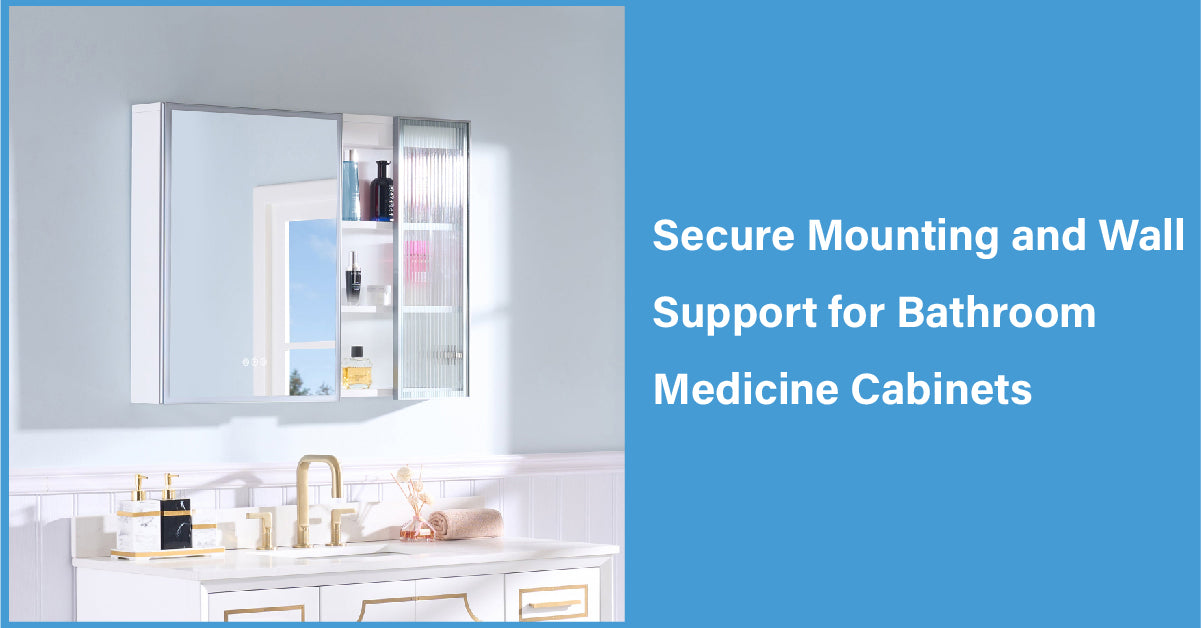

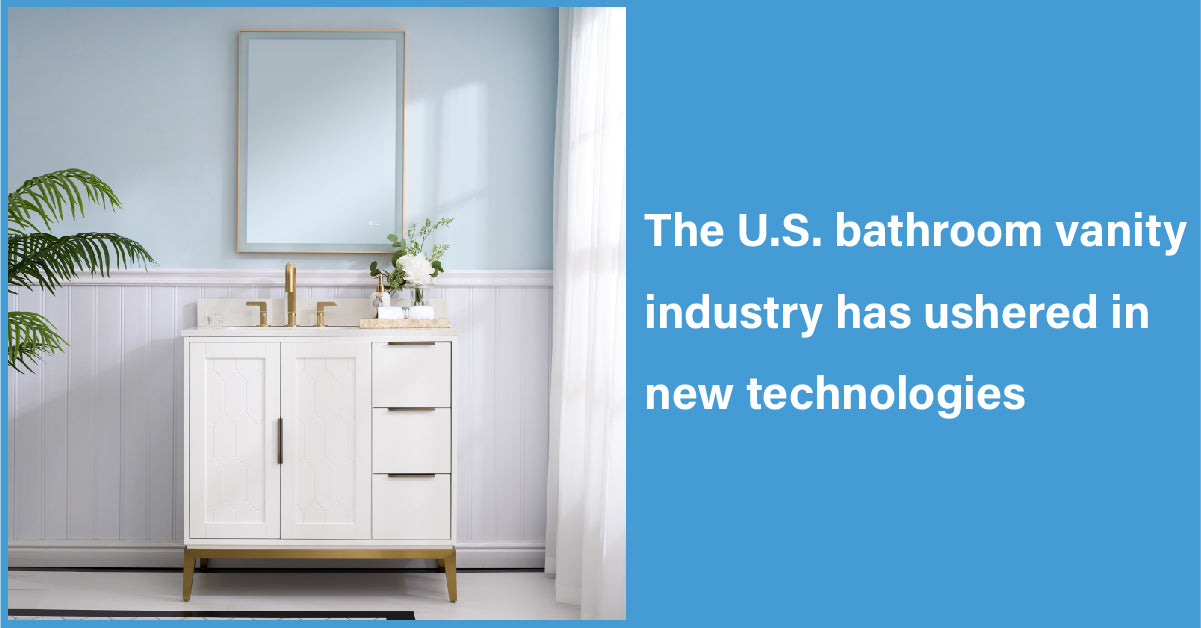

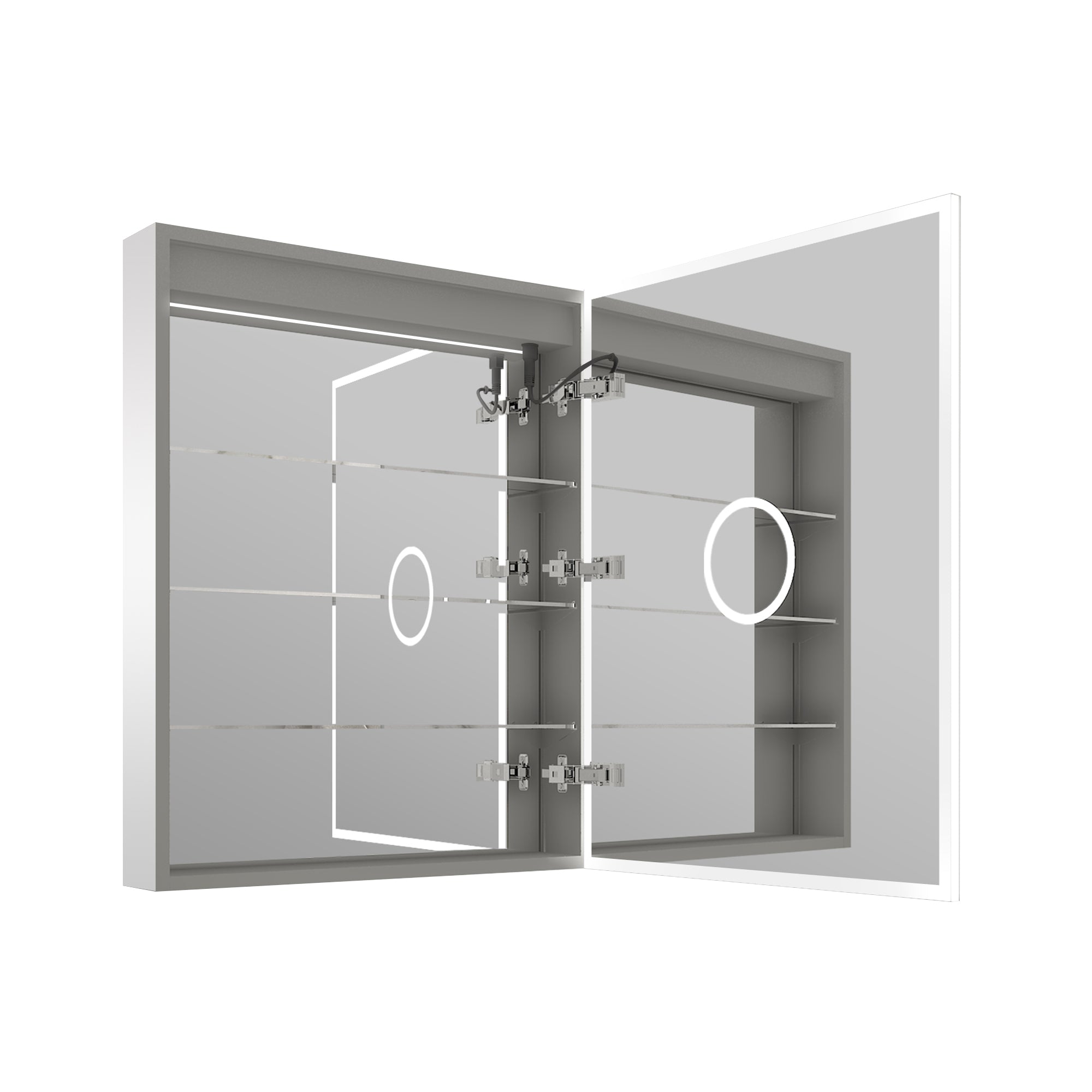
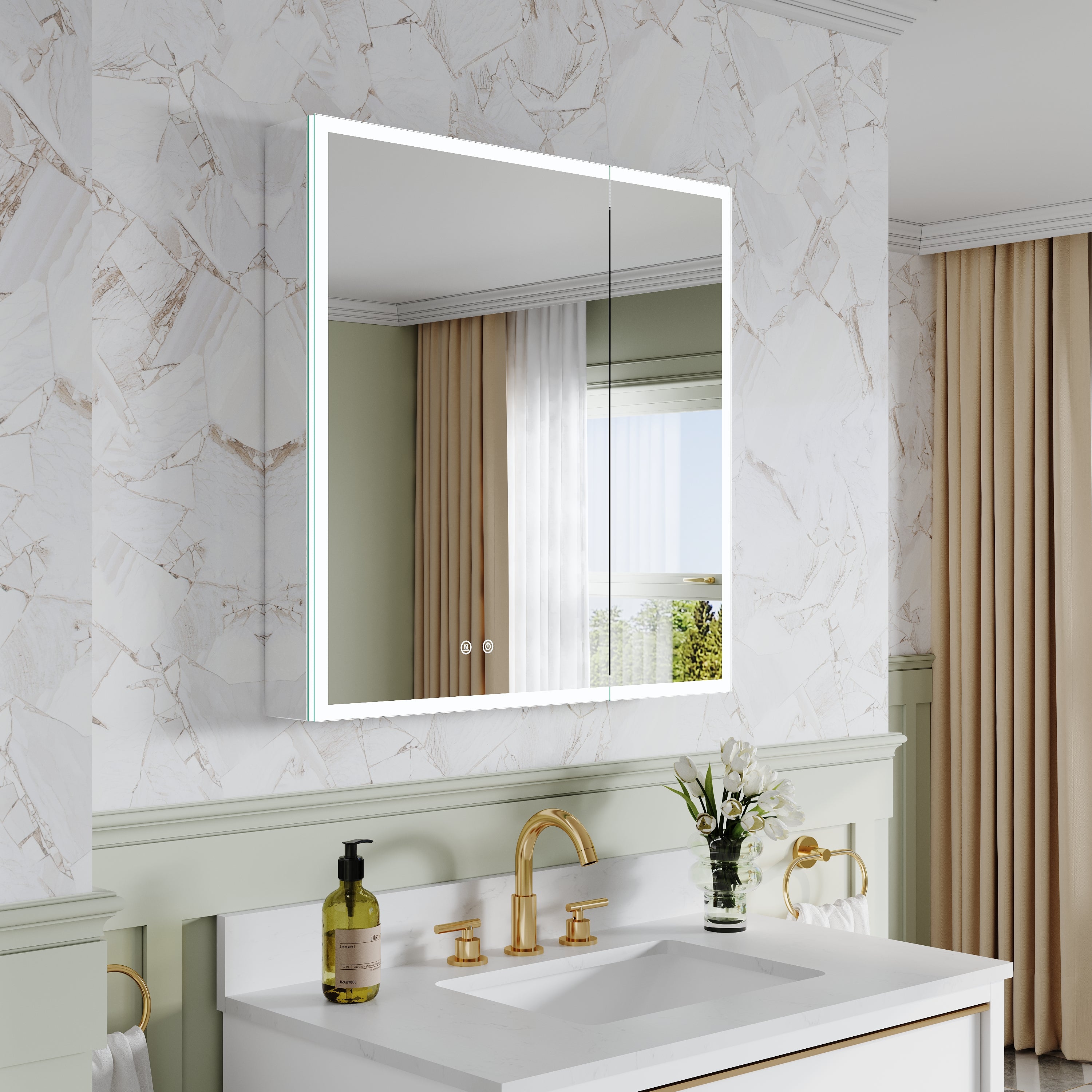



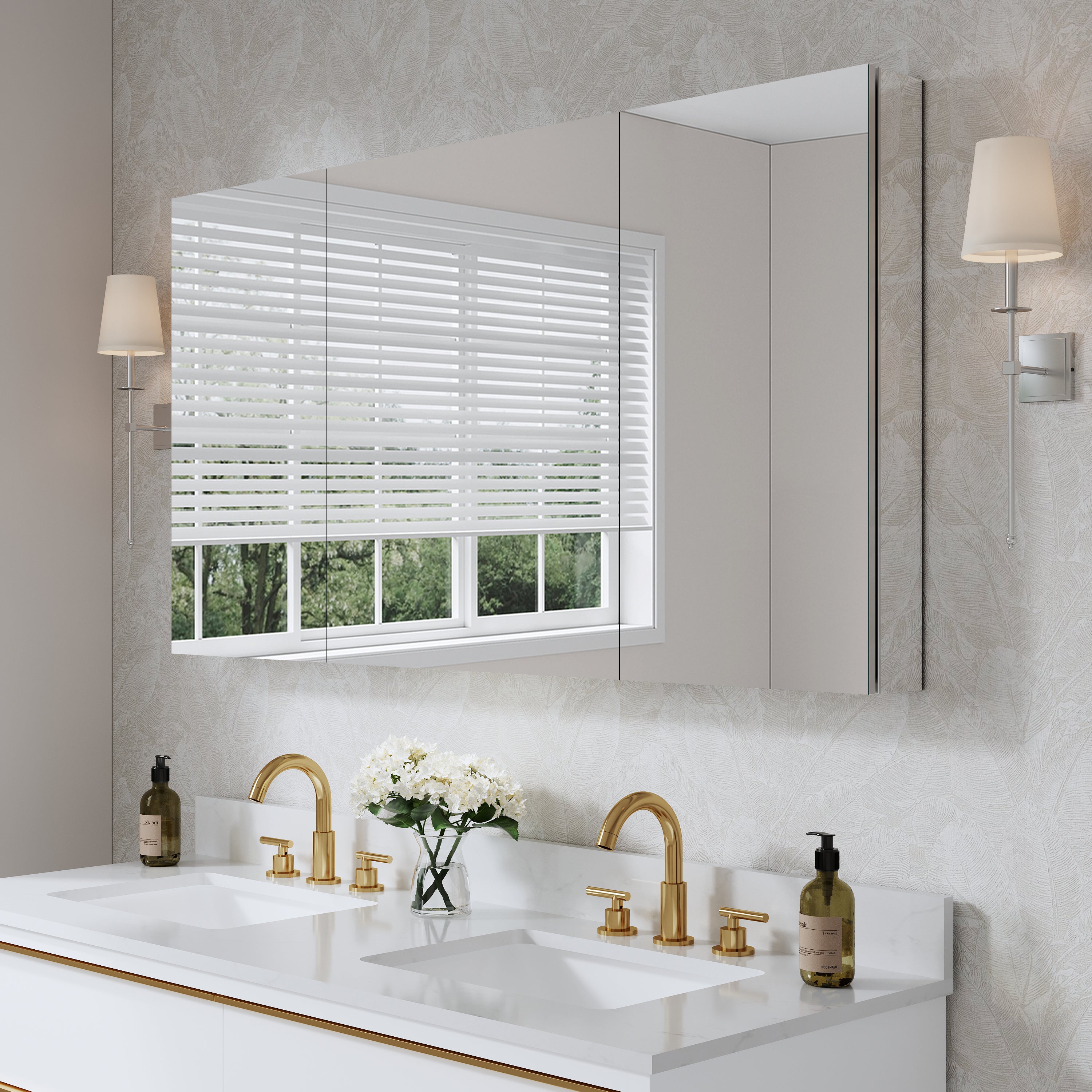



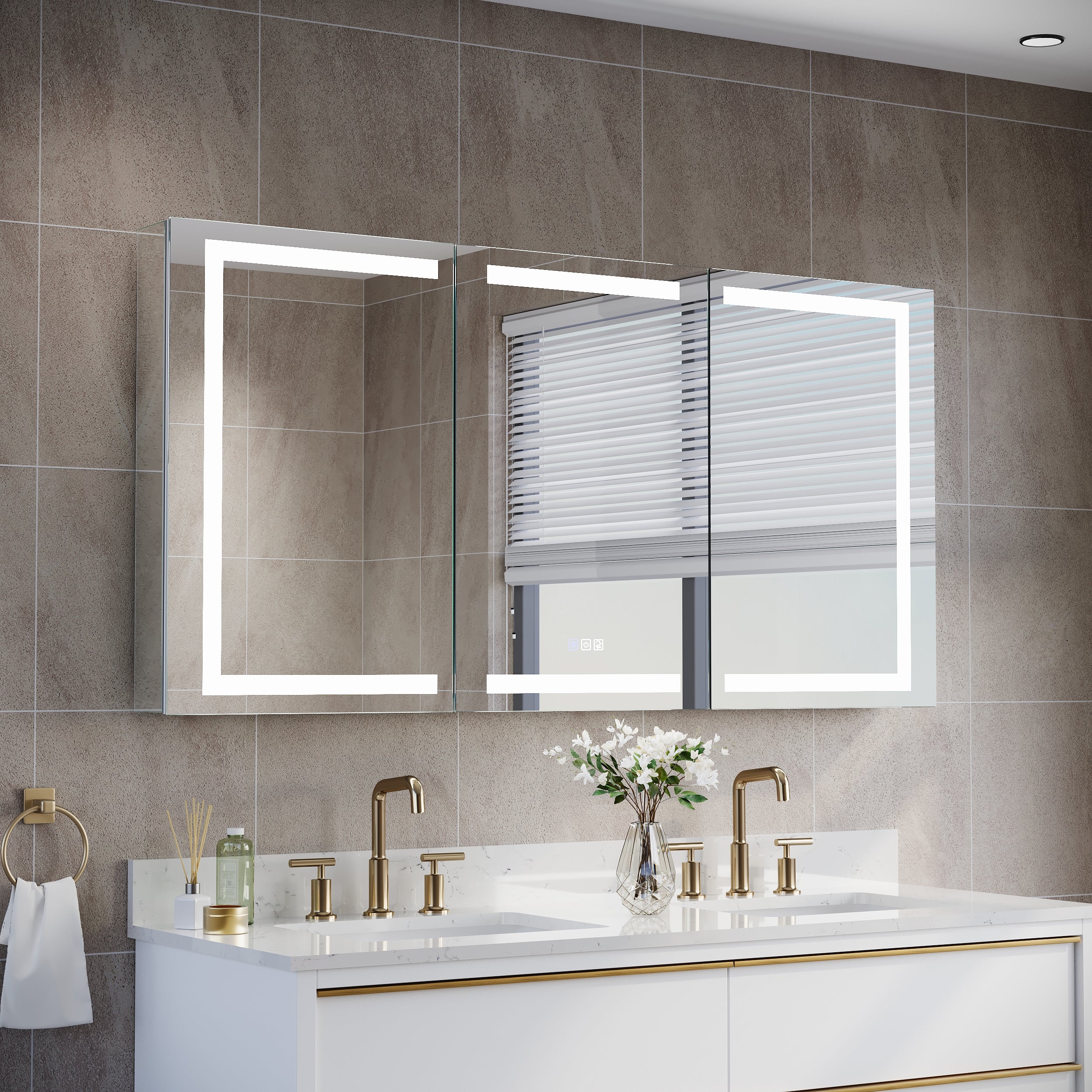



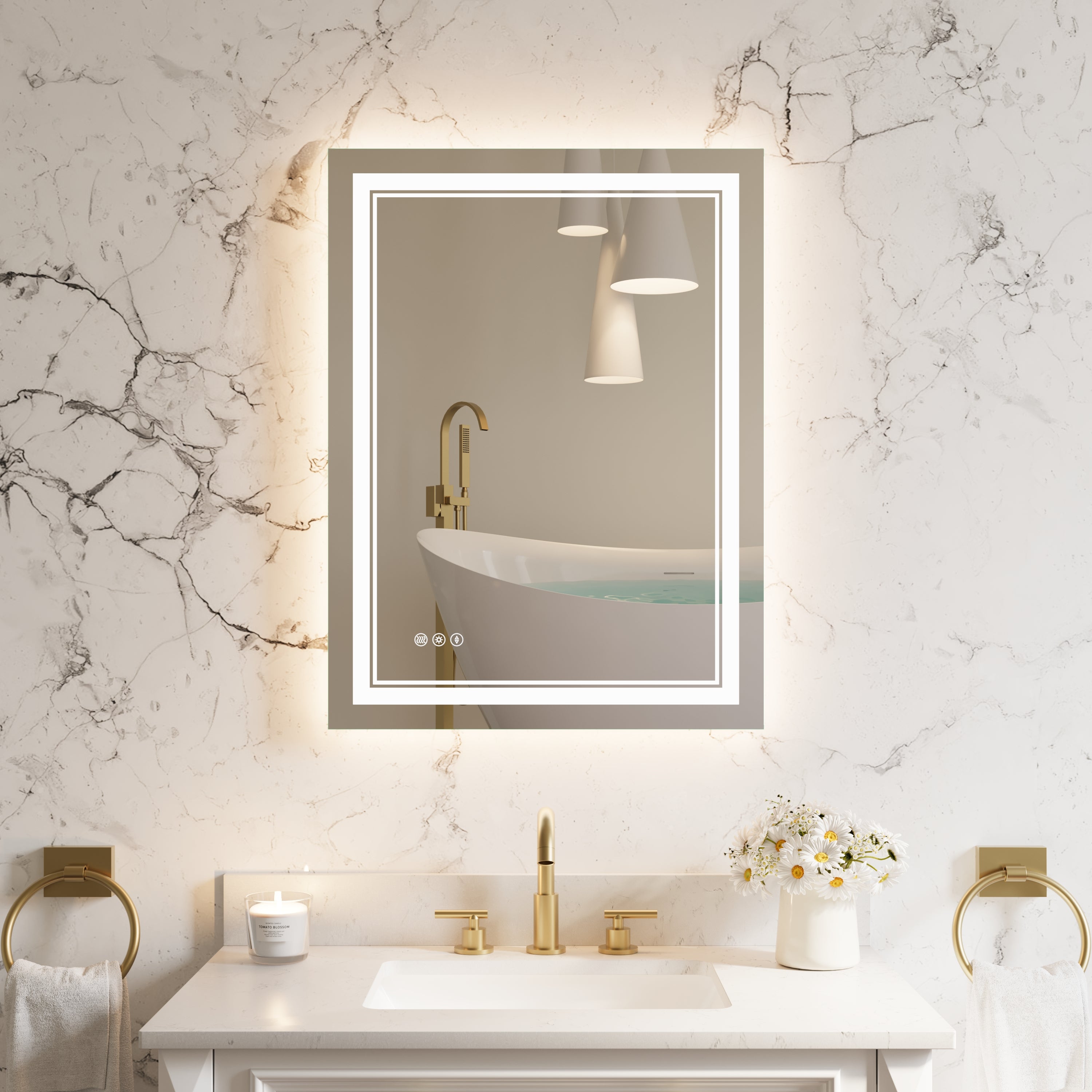








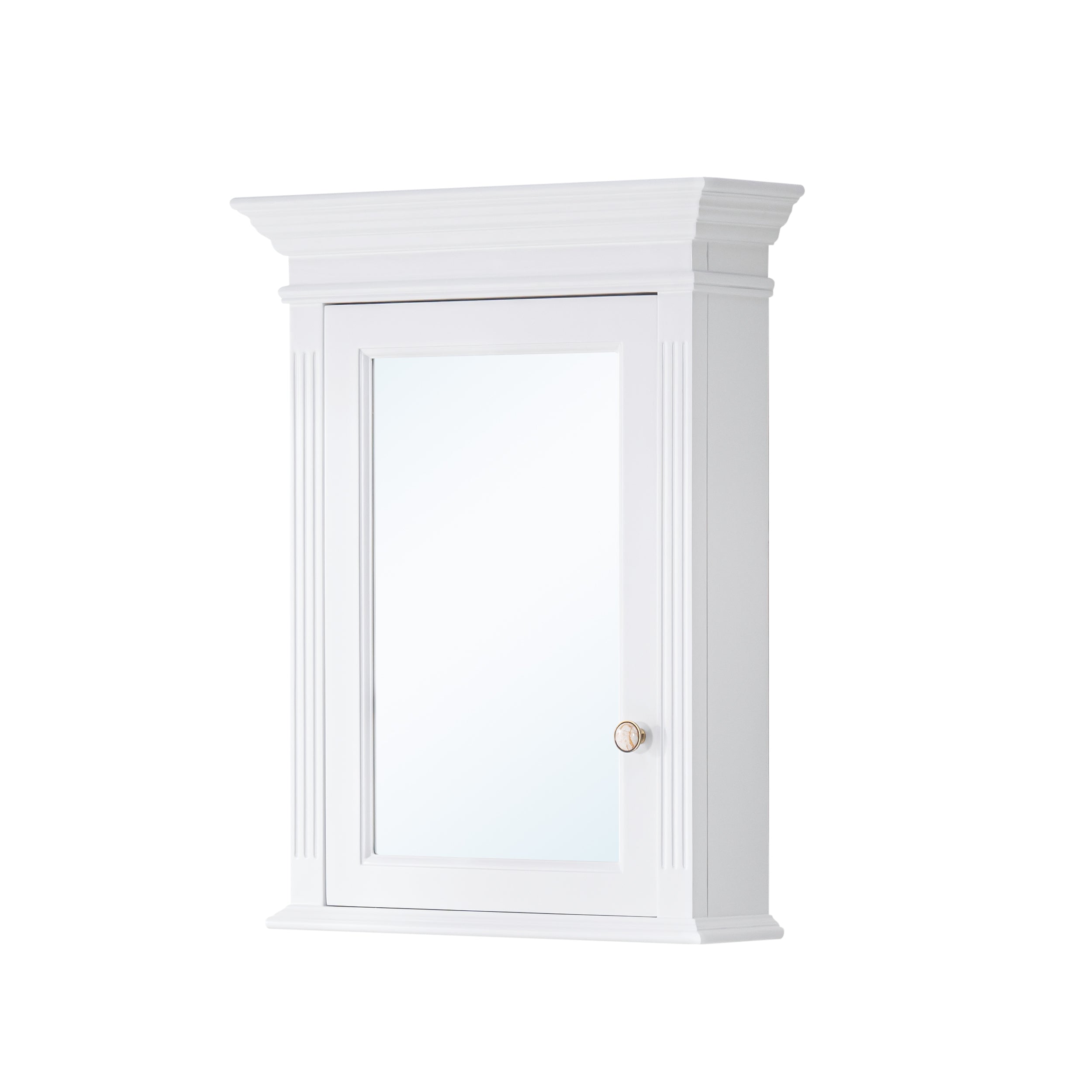
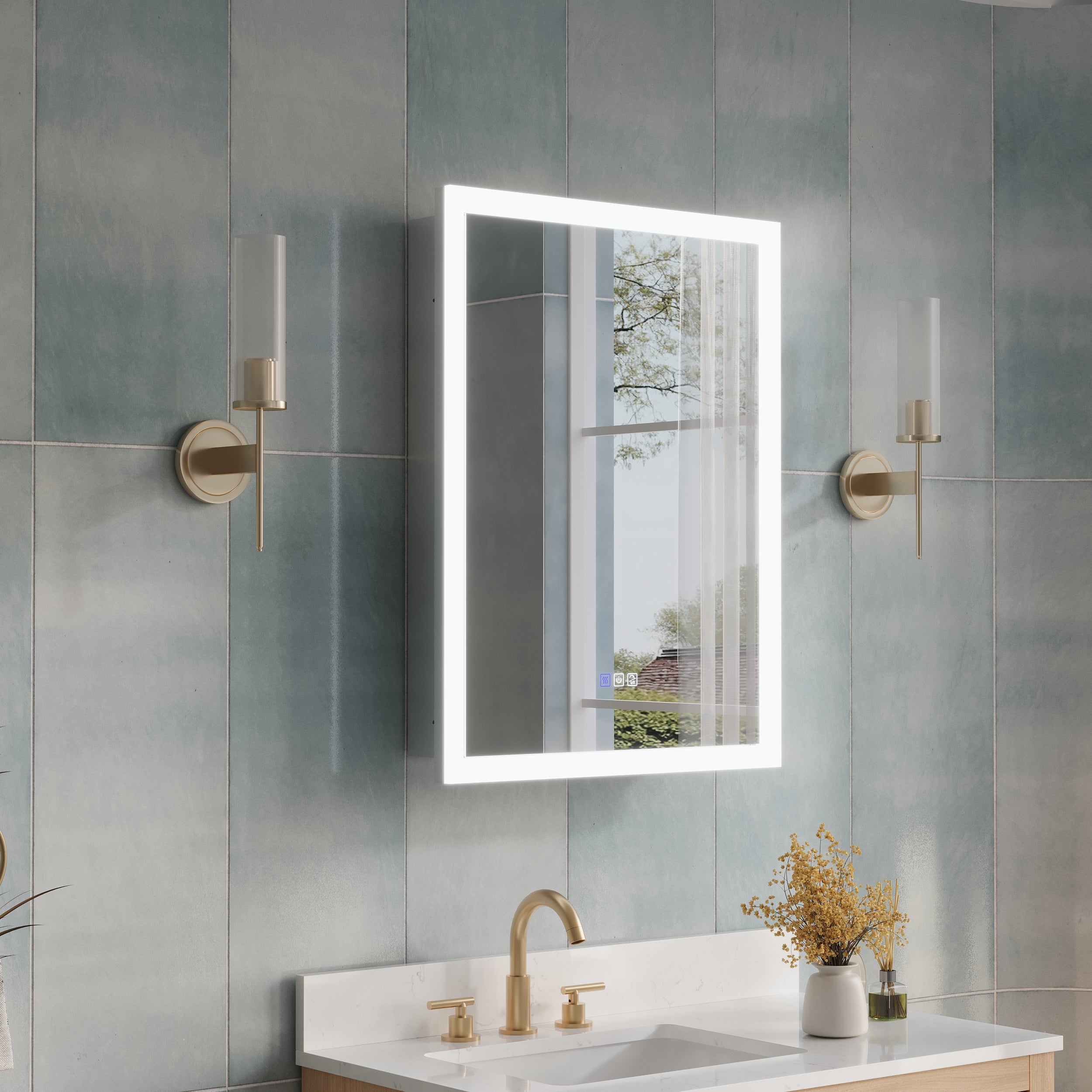
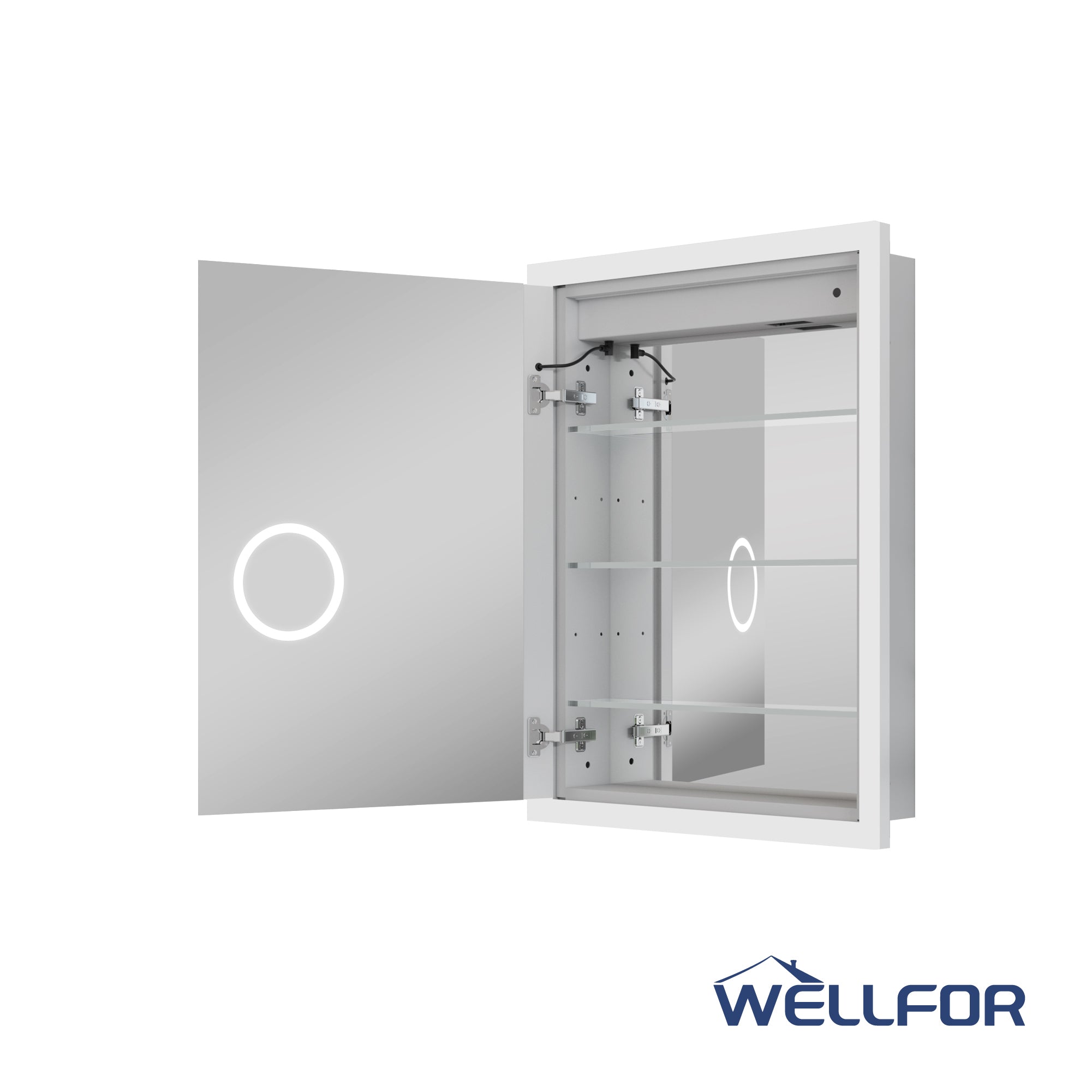
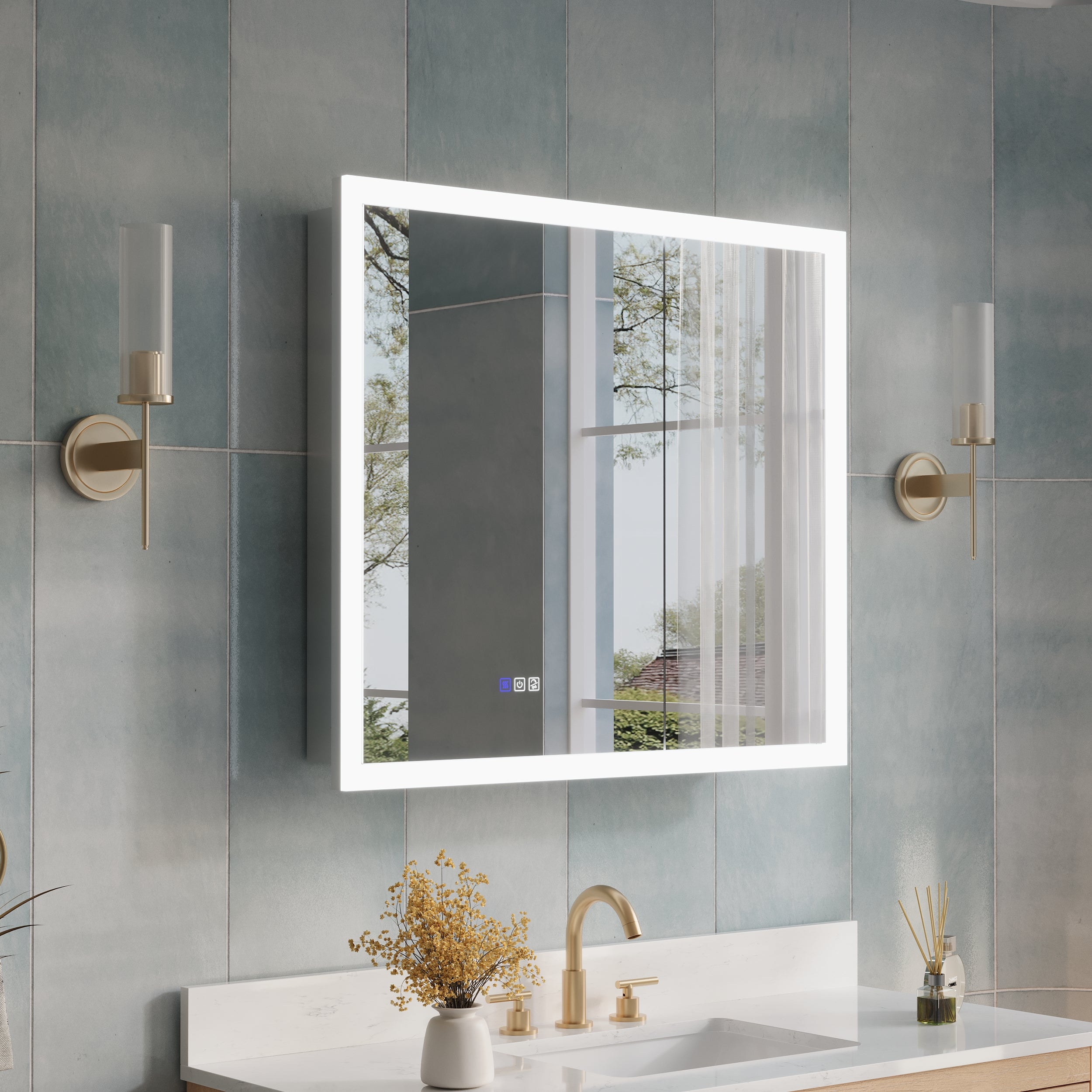

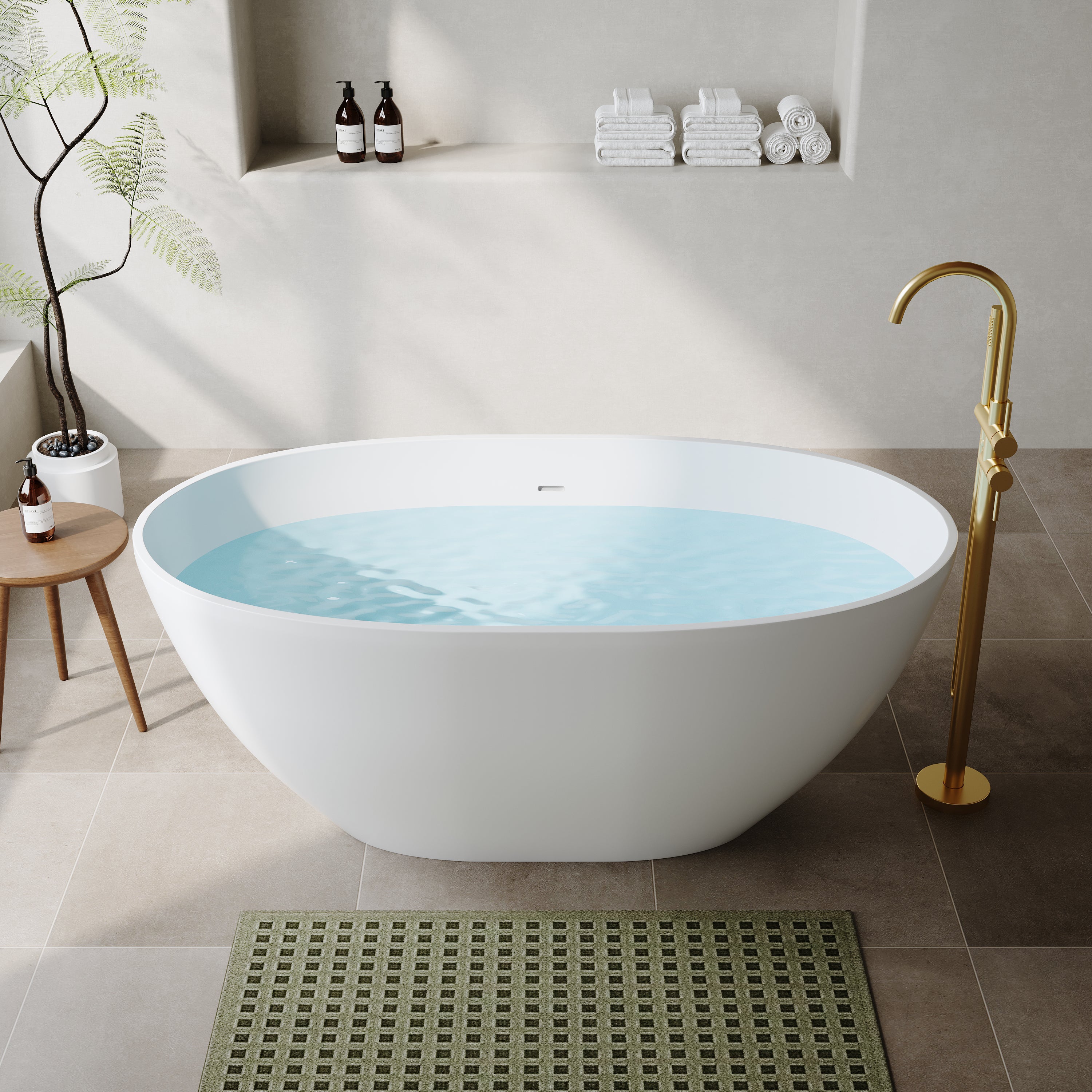




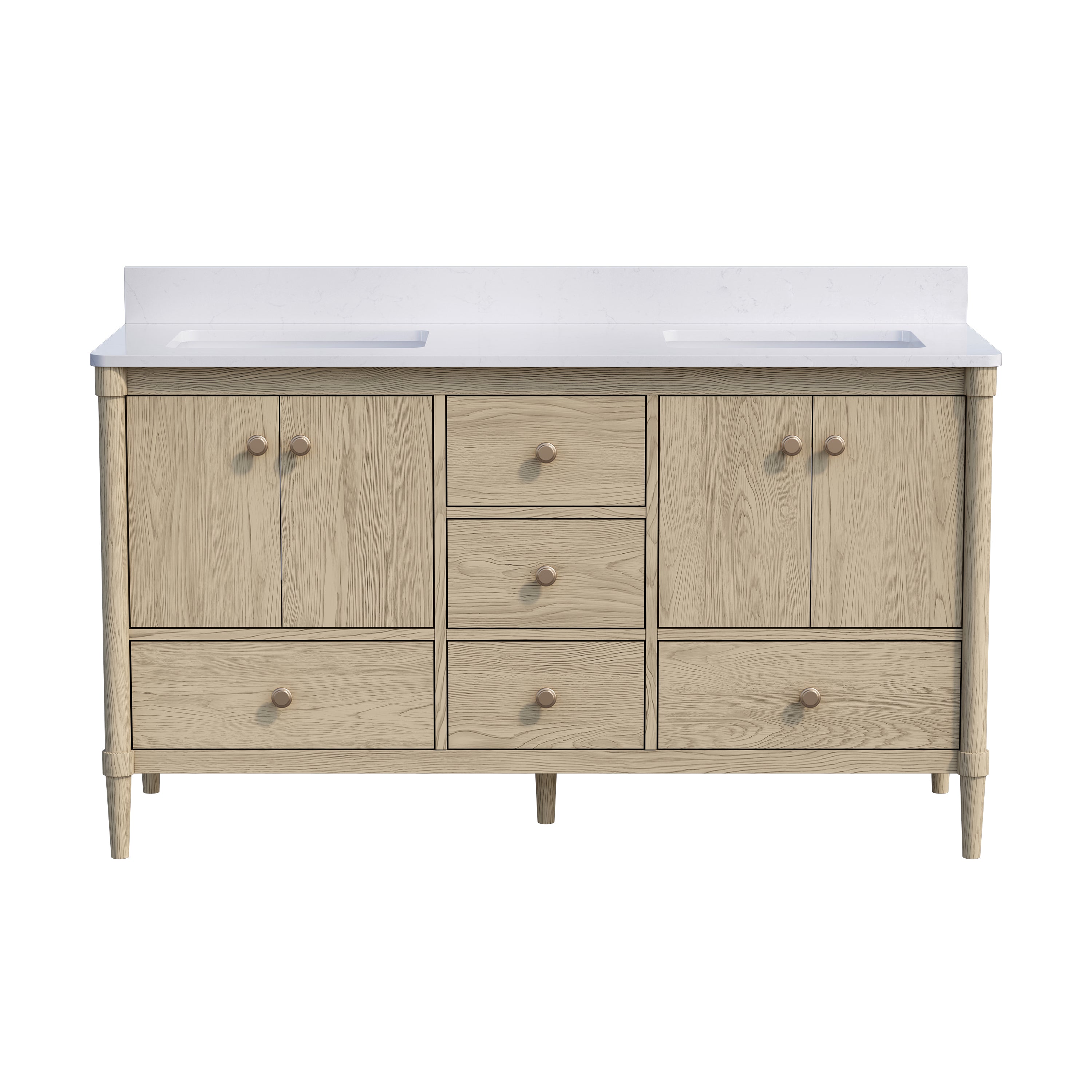
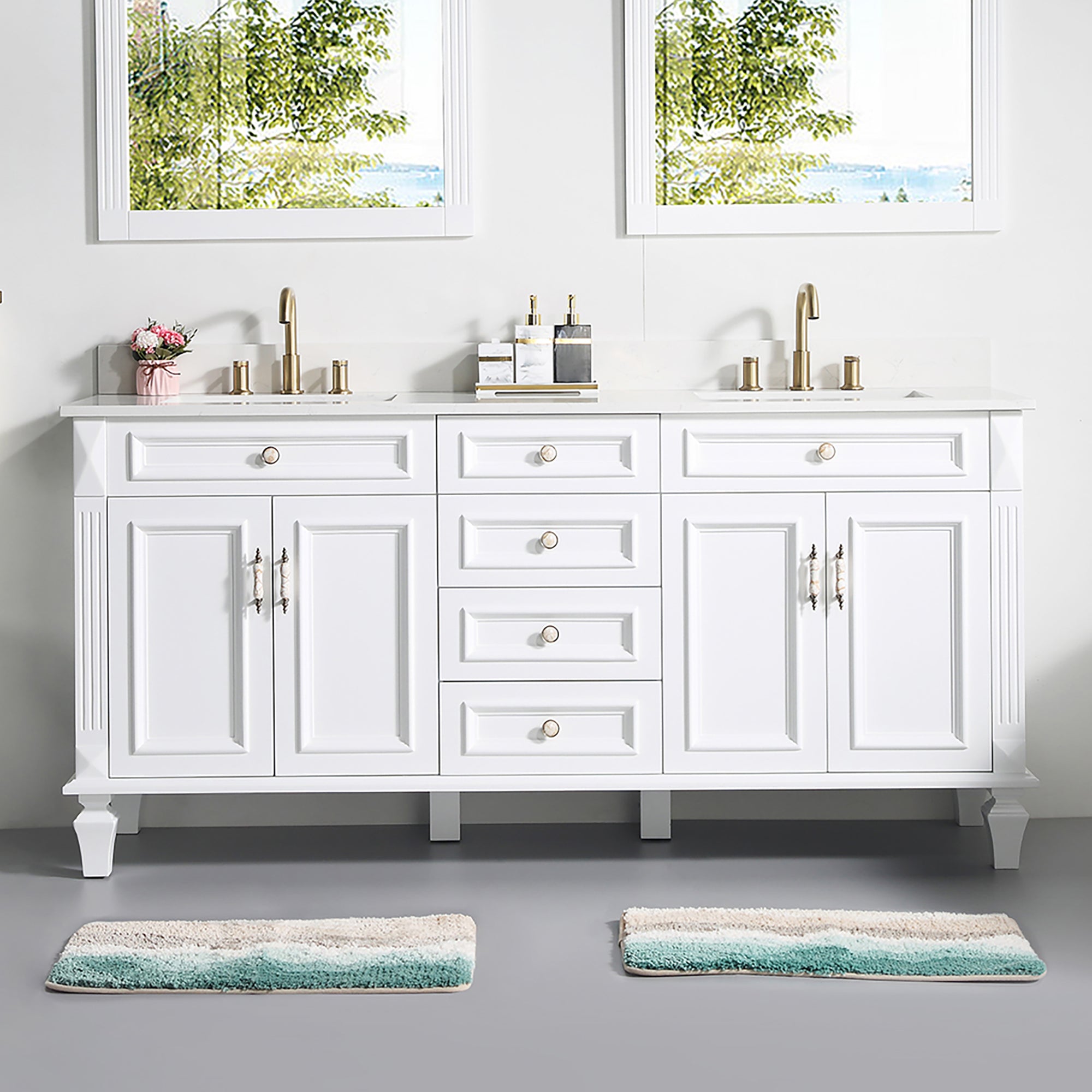
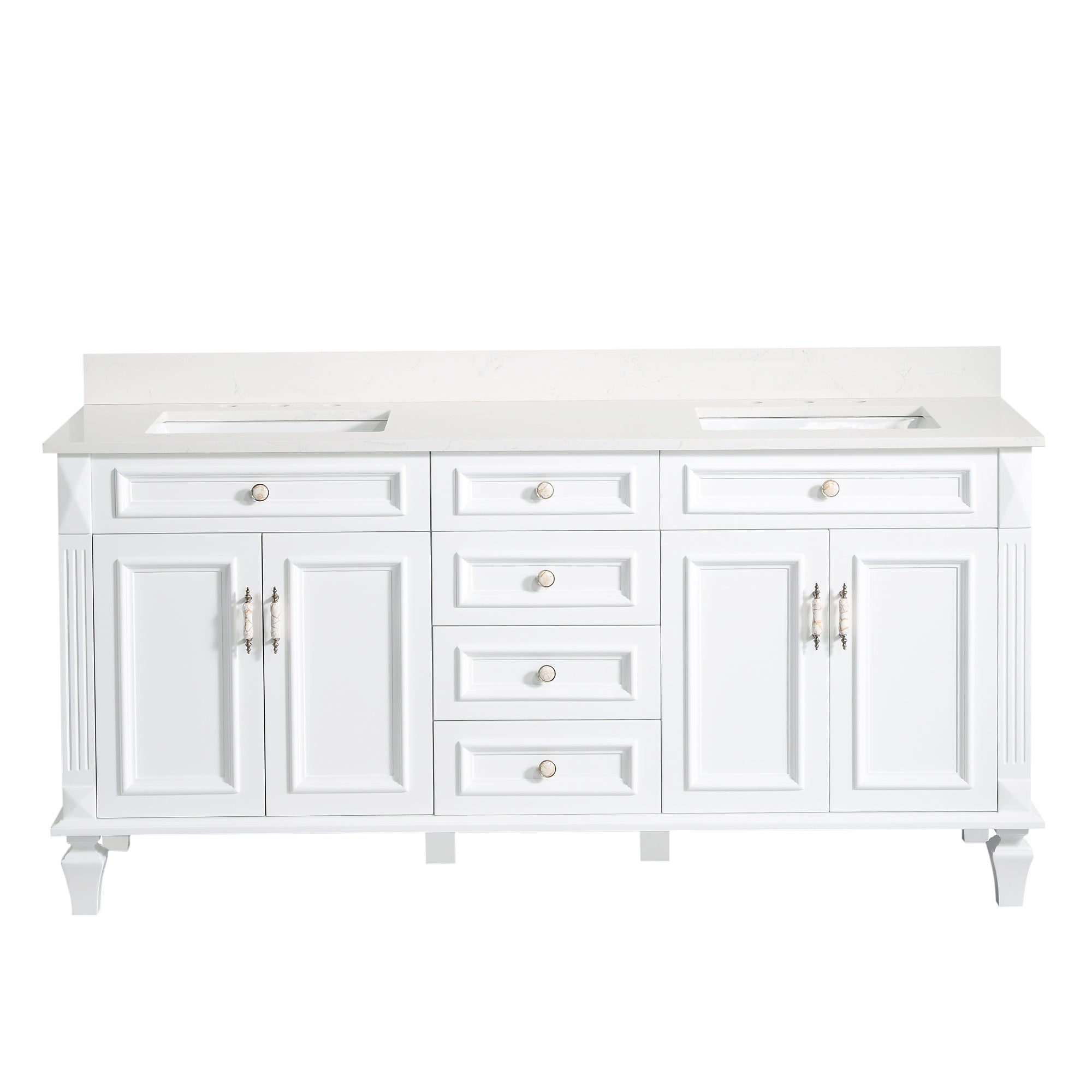
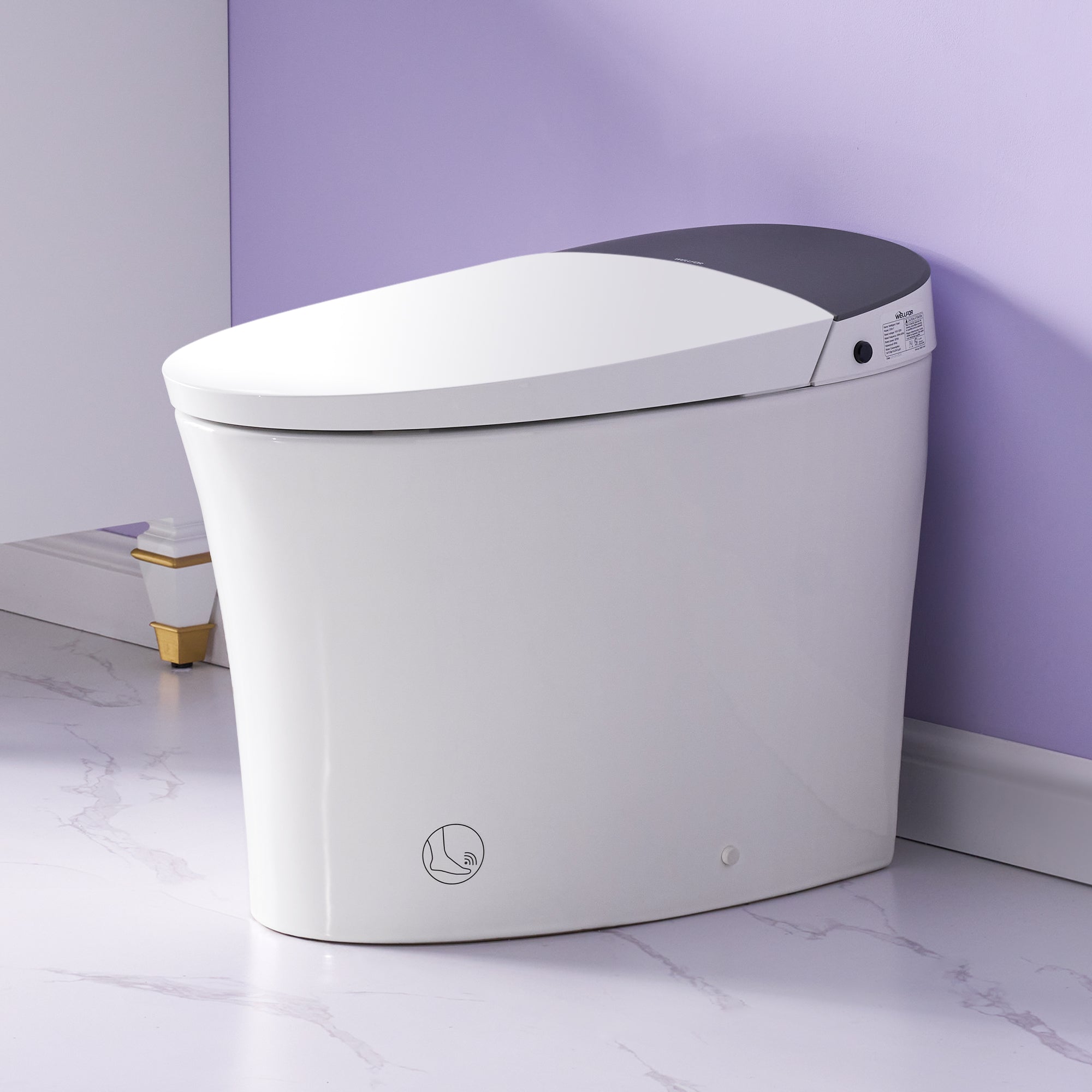
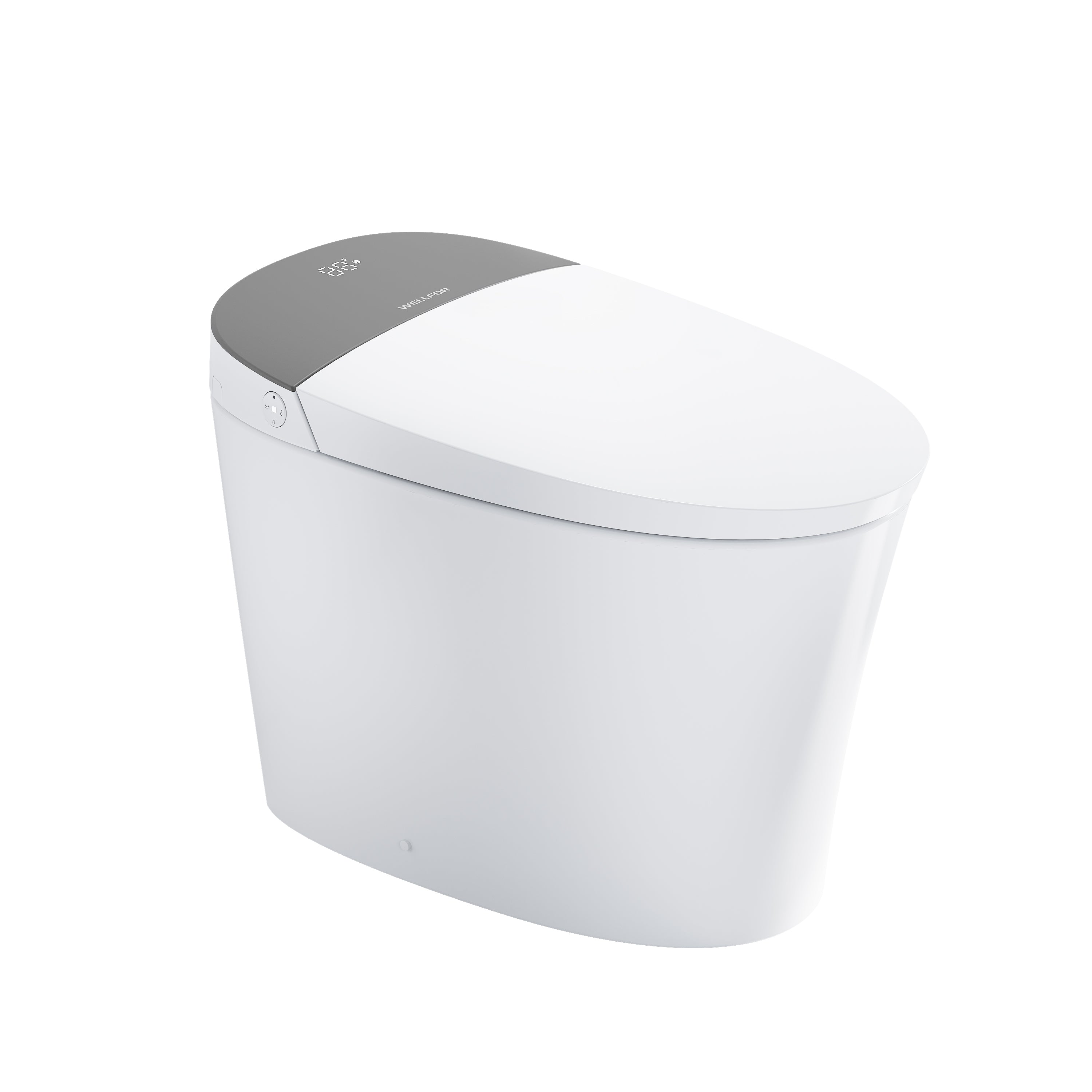

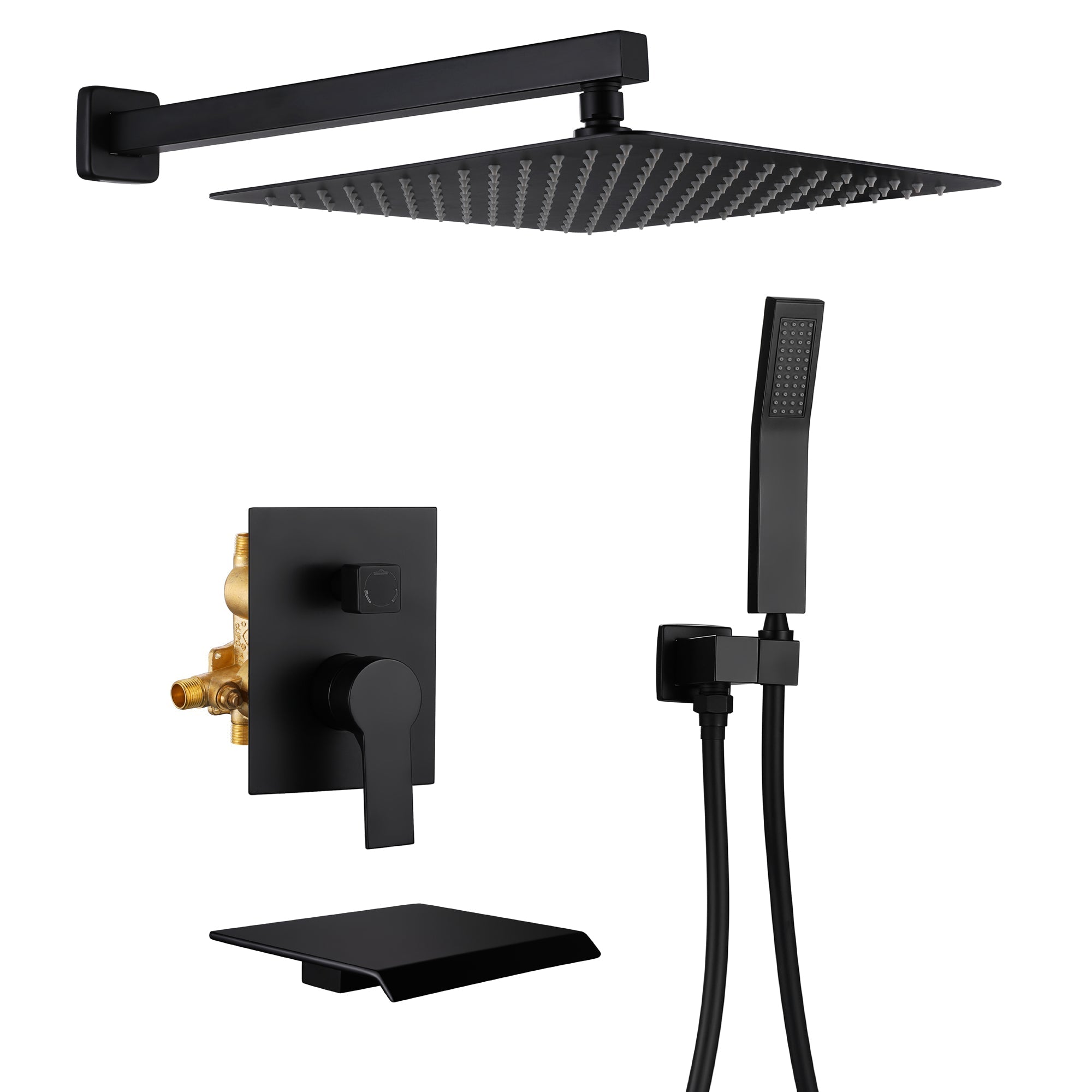
Leave a comment
This site is protected by hCaptcha and the hCaptcha Privacy Policy and Terms of Service apply.